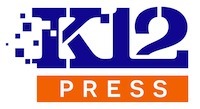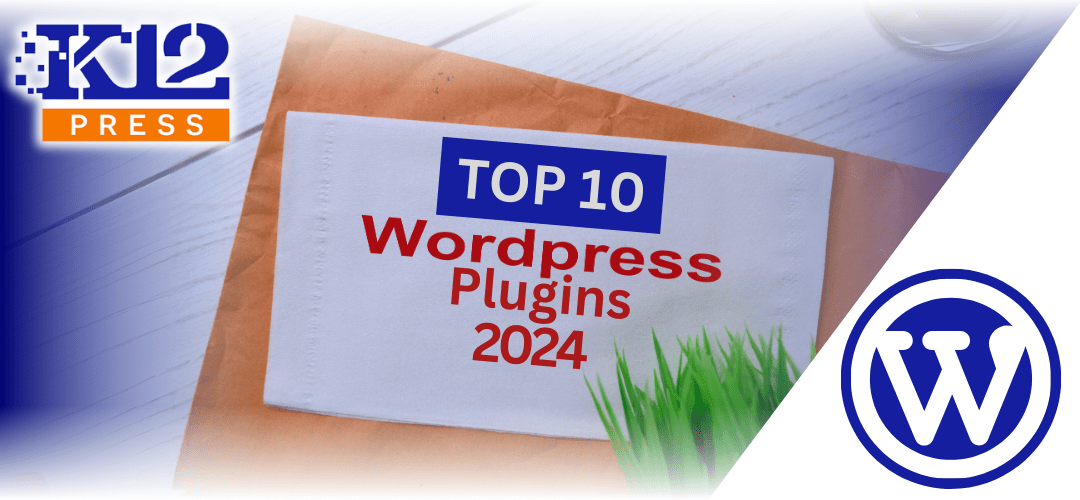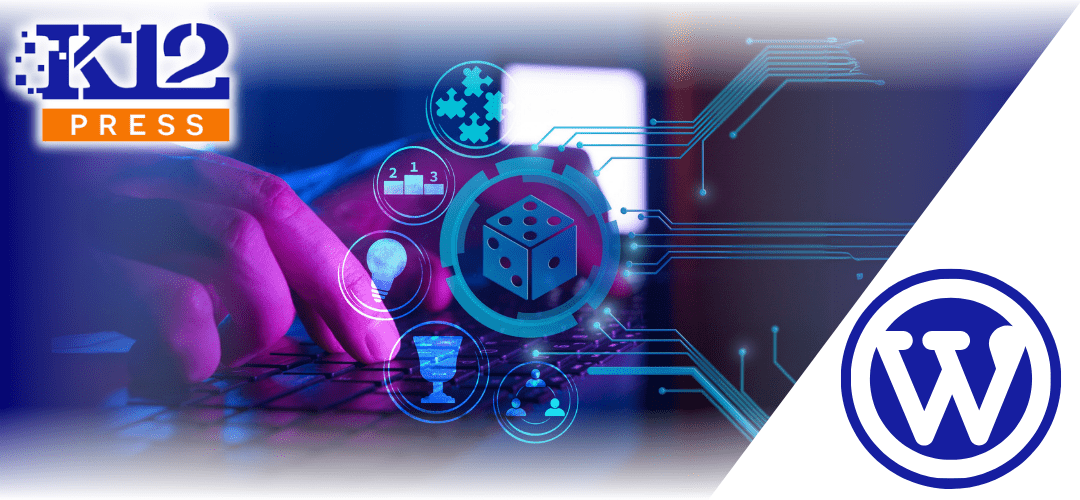A school’s website serves as a dynamic platform for storytelling, engagement, and learning. Multimedia content for school websites includes videos, podcasts, and interactive media. These digital media tools play a pivotal role in transforming school websites from static information repositories to vibrant, engaging community hubs. This article explores the power of multimedia in enriching school websites, enhancing SEO, and offers tips on optimizing content for search engines.
The Power of Multimedia Content:
Multimedia content can dramatically increase user engagement, information retention, and emotional connection with your school’s community. Videos offer a visual and auditory experience that can simplify complex information, showcase school events, and share student and teacher achievements. Podcasts provide a platform for in-depth discussions on educational topics, interviews with staff and students, and a means to engage parents and the community during their daily commutes. Interactive media, such as quizzes, virtual tours, and interactive infographics, offer immersive experiences that can enhance learning and exploration.
SEO Benefits of Multimedia Content:
Search engines value high-quality, relevant content, and multimedia can significantly boost your school’s website SEO. Here’s how:
- Diverse Content: Search engines favor websites with a mix of content types, including text, images, and multimedia, viewing them as more comprehensive resources.
- Increased Engagement: Multimedia content often leads to longer visit durations and lower bounce rates, signaling to search engines that your site provides valuable content.
- Social Shares: Engaging videos and podcasts are more likely to be shared on social media, increasing your site’s visibility and inbound links.
Optimizing Multimedia Content for Search Engines:
To maximize the SEO benefits of your multimedia content, consider the following strategies:
-
Use Descriptive Titles and Meta Descriptions: Ensure your videos and podcasts have clear, descriptive titles and meta descriptions that include relevant keywords. This not only helps search engines understand your content but also appeals to potential viewers.
-
Implement Transcripts and Subtitles: Adding transcripts for videos and podcasts can significantly improve accessibility and provide search engines with more text to index. Subtitles, in particular, can enhance user engagement and comprehension.
-
Leverage Tags and Categories: Organize your multimedia content with relevant tags and categories. This not only aids in search engine indexing but also helps users find related content on your site.
-
Optimize File Sizes: Large multimedia files can slow down your website, negatively impacting user experience and SEO. Optimize videos and images for web use to ensure quick loading times without sacrificing quality.
-
Embed Content on Relevant Pages: Embed multimedia content on relevant pages within your website, and accompany it with contextual, keyword-rich text to help search engines understand the content’s relevance.
Multimedia content offers an unparalleled opportunity to breathe life into school websites, making them more engaging, informative, and accessible. By incorporating videos, podcasts, and interactive media, and optimizing these elements for search engines, schools can not only enhance the user experience but also improve their website’s visibility and reach. Embrace the power of multimedia to tell your school’s unique stories and connect with your community on a deeper level.
Ready to elevate your school’s digital presence with engaging multimedia content? K12Press provides the tools and support to seamlessly integrate videos, podcasts, and interactive media into your school website, optimizing both engagement and SEO. Join the K12Press community today and transform your website into an immersive, informative hub that captivates your school’s audience.














